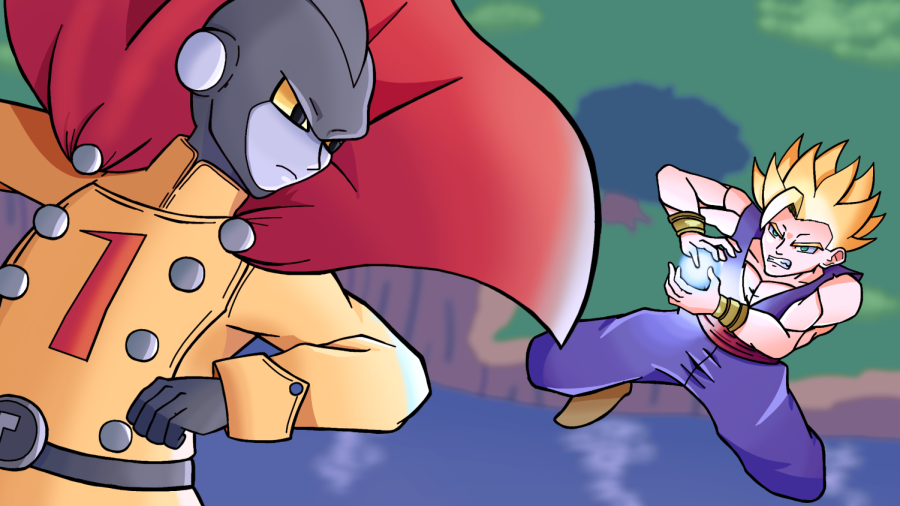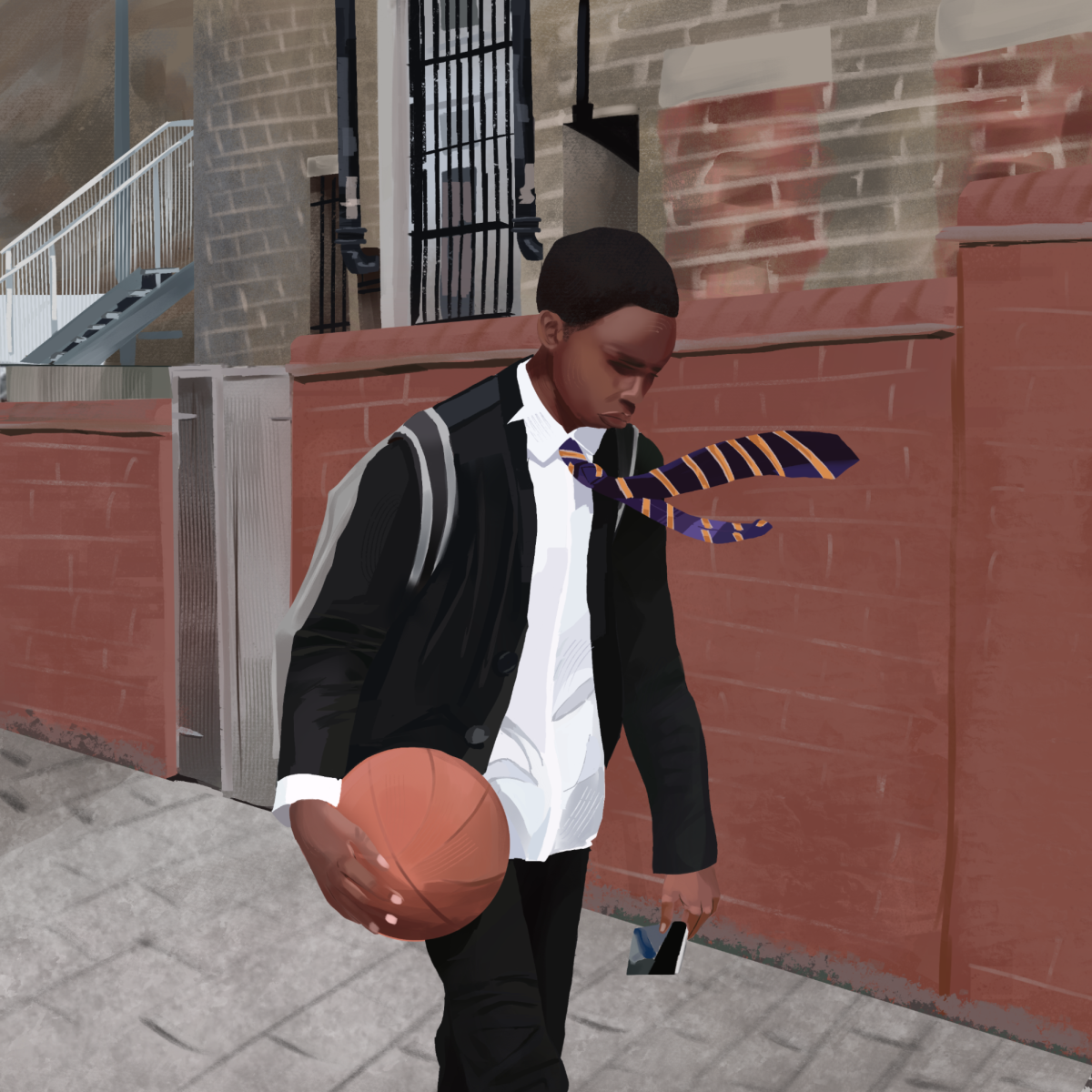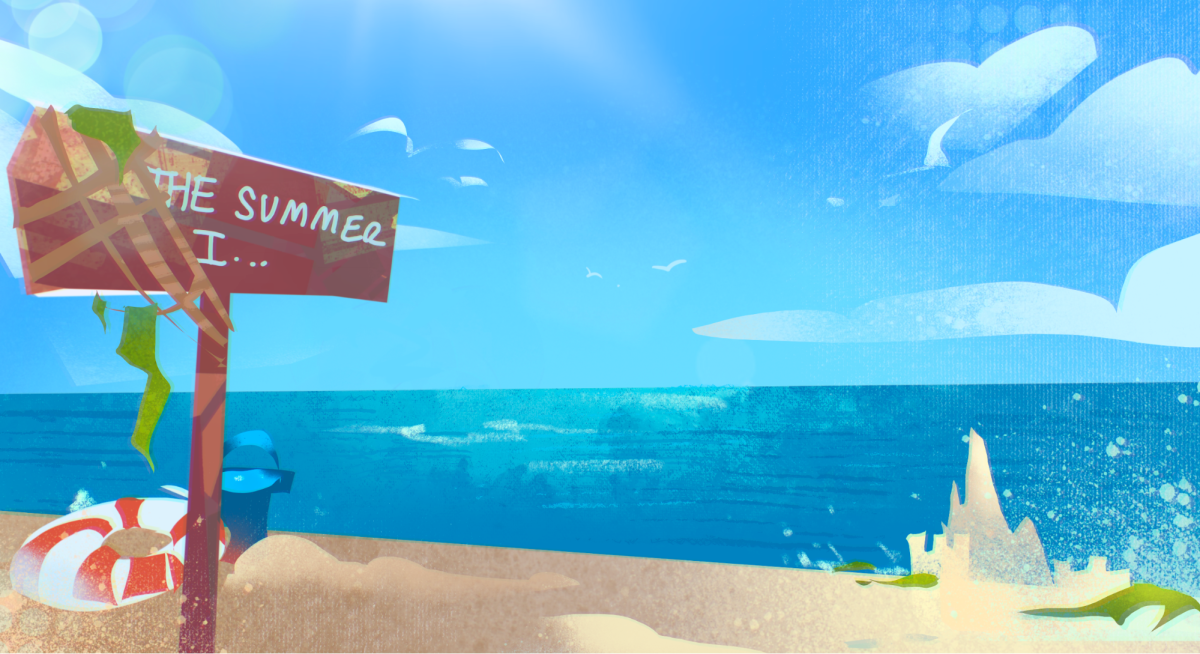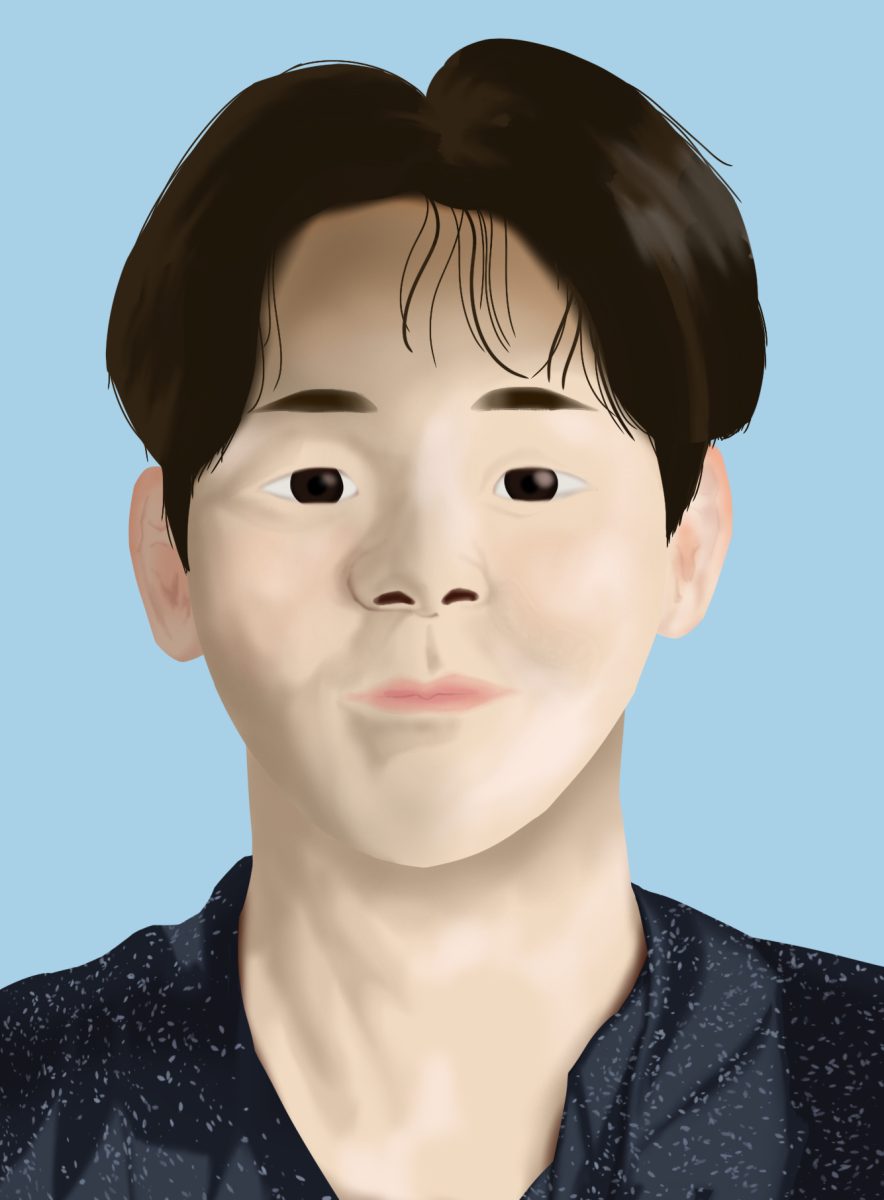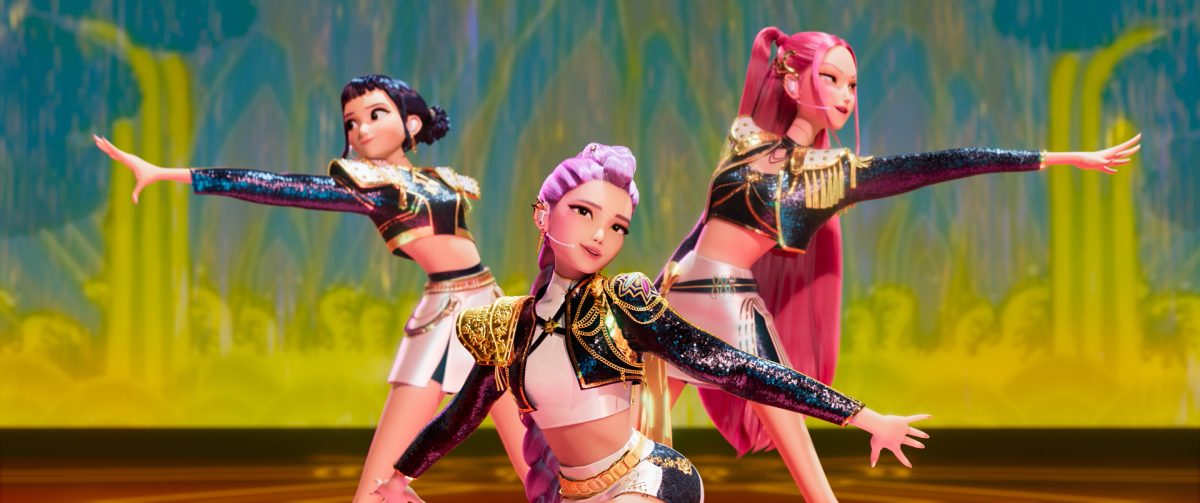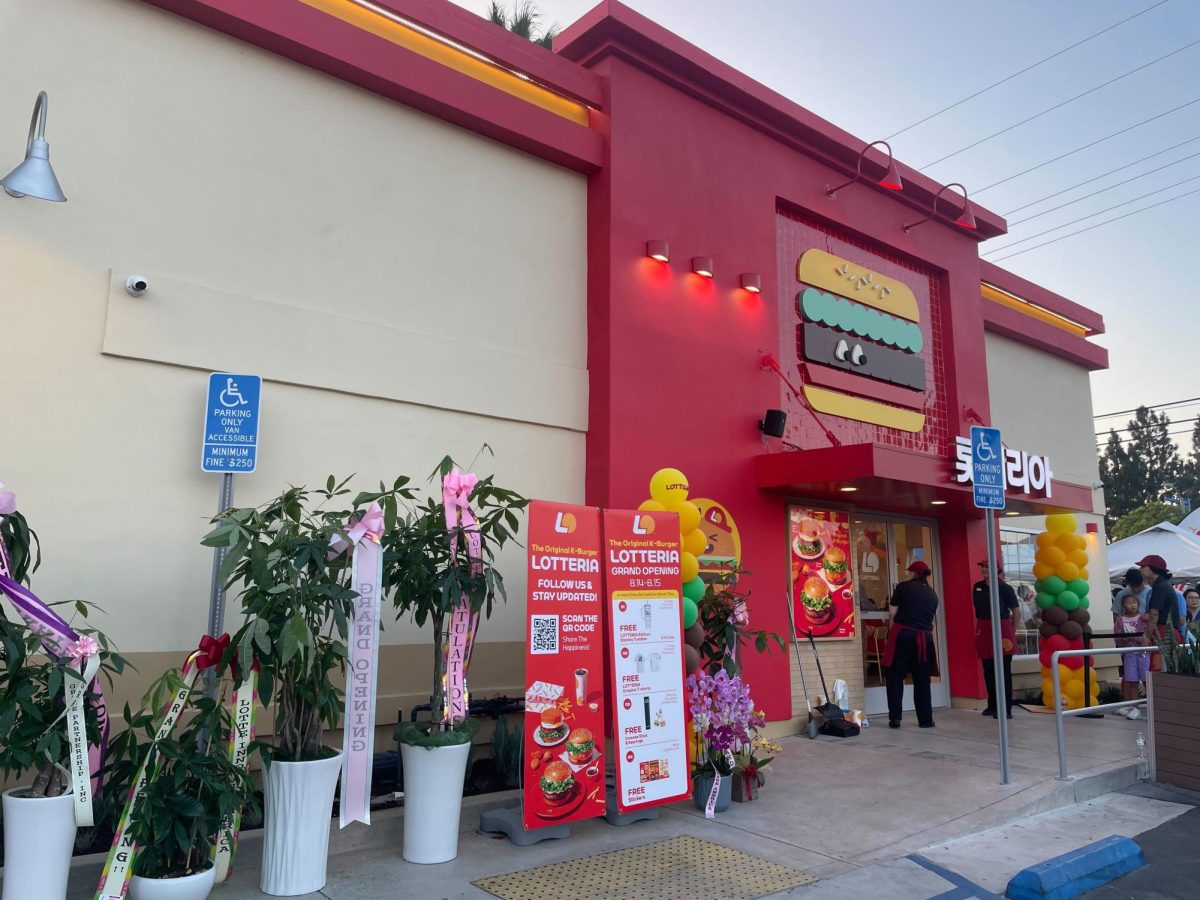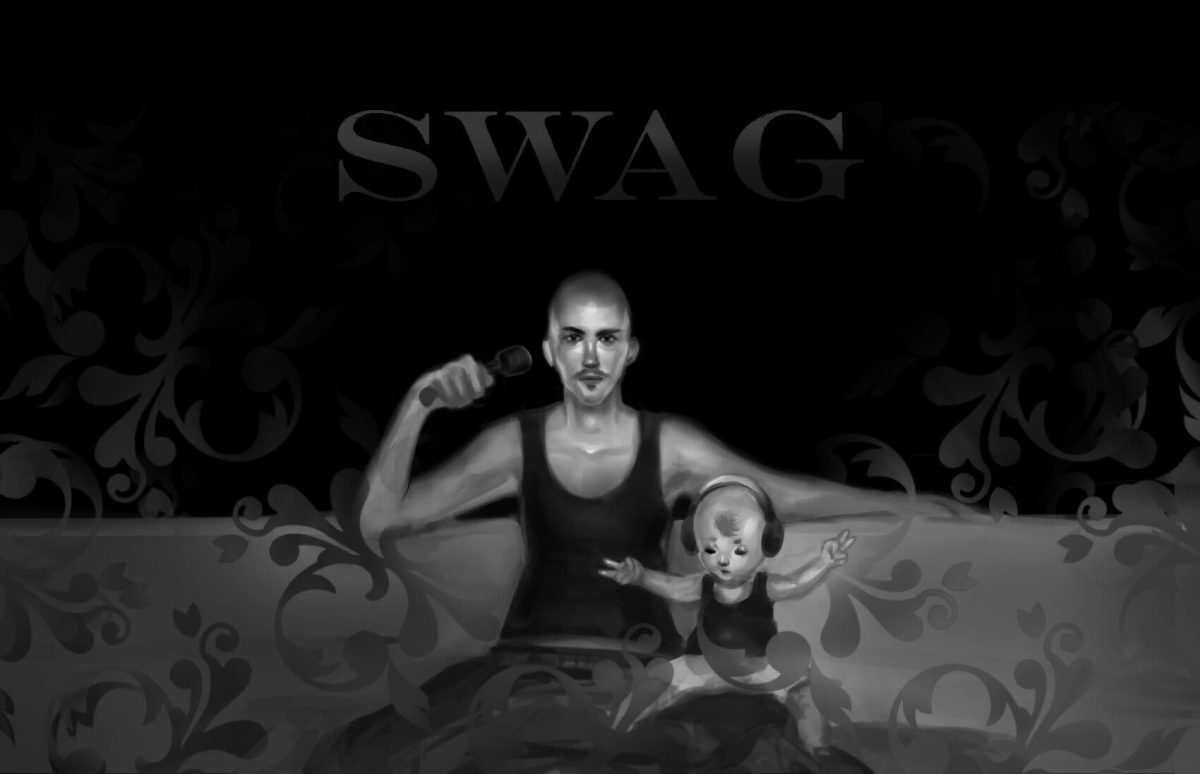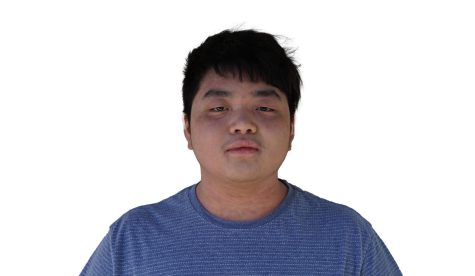KA-ME-HA-ME-HA!
That’s the signature attack that most protagonists in the Dragon Ball TV and movie series shout out loud before a shining whitish-blue beam obliterates the villain.
But in the recently released movie, “Dragon Ball Super: Super Hero,” don’t expect to hear any of this as the film focuses more on Son Gohan and his friend, Piccolo, than the former’s father – series regular Son Goku, who only appears for 15 minutes.
Nevertheless, that’s still fine with most fans because both characters have been neglected since the start of Dragon Ball Super [DBS], a 2013 TV series released internationally.
For those who don’t know, the Dragon Ball anime franchise usually emphasizes characters’ strength over their intelligence, and this movie accentuates that to give viewers an exciting movie-going experience.
The opening scenes of the Aug. 22-released movie, which topped all others in its debut and has since grossed nearly $35 million in U.S. ticket sales as of Sept. 11, provide context and a quick recap starting from the Red Ribbon Army Saga (an arc from 1986-1987) to the end of the Cell Saga (an arc from 1992).
Directed by Tetsurô Kodama (“Kuma no Gakkou: Patissier Jackie to Ohisama no Sweets”), the 100-minute-long film has Gohan (voiced in the Japanese version by Masako Nozawa, “GeGeGe no Kitaro,” and English dub by Kyle Herbert, “My Hero Academia: World Heroes’ Mission”) and Piccolo (voiced in the Japanese version by Toshio Furukawa, “GeGeGe no Kitaro,” and English dub by Christopher Sabat, “One Piece”) dealing with the newly returned Red Ribbon Army, a previous villainous organization from the Dragon Ball anime series, alongside Dr. Gero’s grandson, Dr. Hedo (voiced in the Japanese version by Miyu Irino, “Mob Psycho 100 III,” and English dub by Zach Aguliar, “Soul Hackers 2”).
Dr. Hedo invents a 2.0 version of the Androids – Gamma 1 and 2 – and sends the latter off to attack Goku while the former stays behind in the Red Ribbon Army headquarters; unbeknownst to the villain, Goku has traveled to a different planet, and so because Gamma 2 can’t find him, the Red Ribbon Army leader orders Gamma 2 to go on a sneak attack against Piccolo.
Even though viewers may be confused as to how Gamma 2 finds Piccolo, the eventual first battle of the film keeps the audience hooked from the intense action-packed fight that eventually leads to Piccolo’s defeat.
For the rest of this film, viewers get to see four more exciting fights leading up to the final battle with Gohan and Piccolo vs. Cell Max. Expect a surprise twist as to who will join the pair against Dr. Hedo’s other evil invention.
Kodama makes the right choice in pleasing older and younger generation fans through the return of previous antagonists, similar to how the 2018 prequel, “Dragon Ball Super: Broly,” brings back Broly and Gogeta, two popular characters from the 1990s.
Likewise, the new characters, Gamma 1 and 2, bring back the interesting androids feature reminiscent of Android 16, 17 and 18 from Dragon Ball Z [DBZ].
Despite the relatively slow execution of the simple plot, the fast-paced action battle scenes and ostentatious new transformations captivate the audience.
Kodama also does an excellent job in crafting the fight choreography to keep the audience engaged until the conflict’s resolution.
Compared with past installments, this Dragon Ball version to focus on weaker characters like Gohan and Piccolo to fight the villains will cause viewers to question why producers couldn’t give Goku more screen time.
The film also fails to make the fight scenes somewhat realistic according to the Dragon Ball universe as the battles in this installment seem more severe than previous ones that had almost destroyed Earth. In contrast, we see only the destruction covering the size of a large city. Really?
On the bright side, this motion picture paves the way for future Dragon Ball movies to explore past antagonists and satisfy their fans’ desires.
With that in mind, make sure to wait until the post-credit scene for something “super” exciting.



